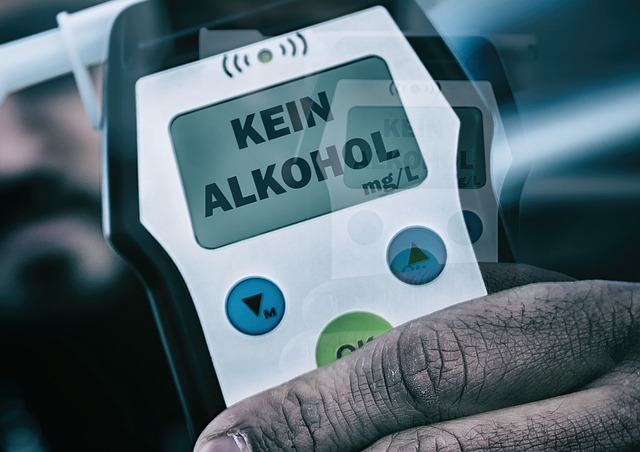Drug-impaired driving is a severe safety concern with devastating consequences. Effective Recidivism Reduction Strategies tackle repeat offenders through intensive counseling, treatment programs, and community support. These strategies aim to change behaviors, reduce relapse, and create safer roads for everyone by combining legal measures, public awareness, and accessible care.
Drug-Impaired Driving (DID) poses a significant threat to public safety, with severe consequences that include accidents, injuries, and fatalities. This article explores DID, focusing on its profound impact and the urgent need for robust solutions. We delve into recidivism reduction strategies as a key approach to fostering a safer roadway environment. By understanding the root causes and implementing evidence-based initiatives, we can significantly decrease repeat offenses and protect communities from DID’s harmful effects.
- Understanding Drug-Impaired Driving and Its Impact
- Recidivism Reduction Strategies for a Safer Roadway Environment
Understanding Drug-Impaired Driving and Its Impact

Drug-impaired driving is a serious issue that poses significant risks to public safety. It refers to operating a vehicle under the influence of illicit substances or prescription medications, impairing judgment and motor skills essential for safe driving. The impact of such behavior can be devastating, leading to accidents, injuries, and even fatalities. Understanding the severity of this problem is crucial in implementing effective strategies.
Recidivism reduction is a key focus when addressing drug-impaired driving. This involves developing comprehensive approaches that not only deter individuals from driving under the influence but also provide support for long-term behavior change. Strategies may include stringent legal consequences, public awareness campaigns, and access to treatment programs. By combining education, enforcement, and rehabilitation, it is possible to break the cycle of recidivism and create a safer environment for all road users.
Recidivism Reduction Strategies for a Safer Roadway Environment

Drug-impaired driving is a serious issue that puts not only the driver at risk but also other road users. To address this, Recidivism Reduction Strategies are crucial in creating a safer roadway environment. These strategies focus on preventing repeat offenses by targeting individuals with multiple drug-related driving convictions. One effective approach involves intensive counseling and treatment programs that aim to address the underlying issues contributing to impaired driving. By offering specialized support, these initiatives can help individuals overcome addiction and change their behavior.
Additionally, community-based interventions play a vital role in Recidivism Reduction Strategies. Programs that foster social support and education can empower individuals to make better choices. Community partnerships with rehabilitation centers and support groups ensure continued care after initial treatment, reducing the chances of relapse. Such collaborative efforts not only help in recidivism reduction but also contribute to a more supportive and informed community, ultimately enhancing overall roadway safety.
Drug-impaired driving is a serious issue that demands immediate action. By implementing strict zero-tolerance policies and focusing on effective recidivism reduction strategies, we can create safer roadway environments. Educating drivers, enhancing enforcement, and providing support for those struggling with substance abuse are key components to achieving this goal. Through collective efforts and a commitment to public safety, we can significantly reduce recidivism rates and protect lives on our roads.






